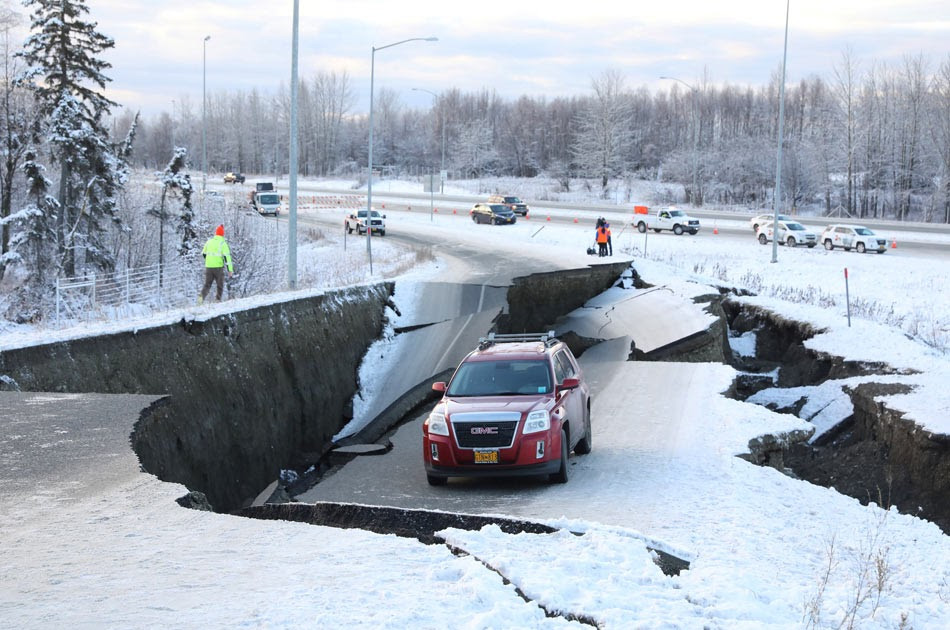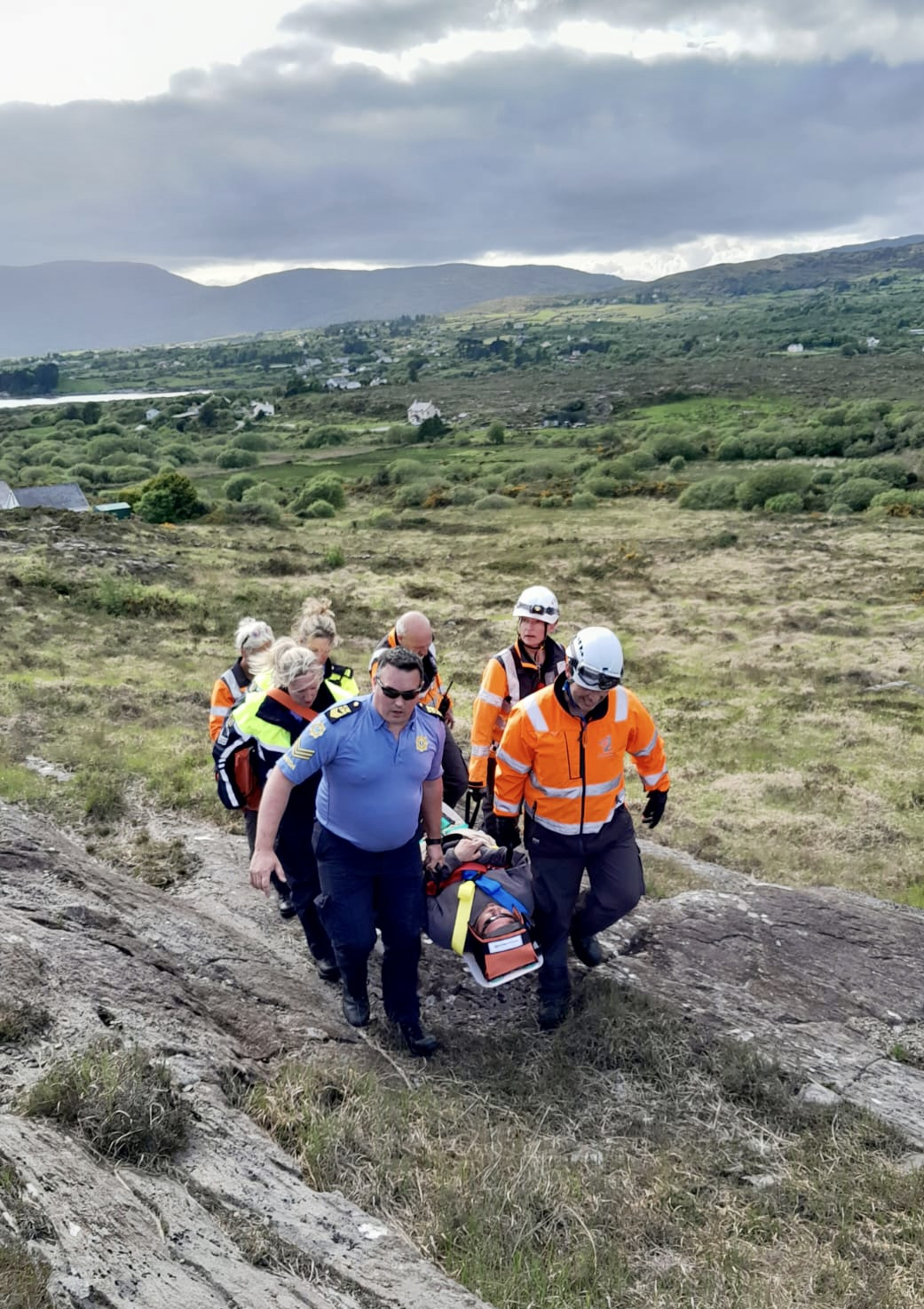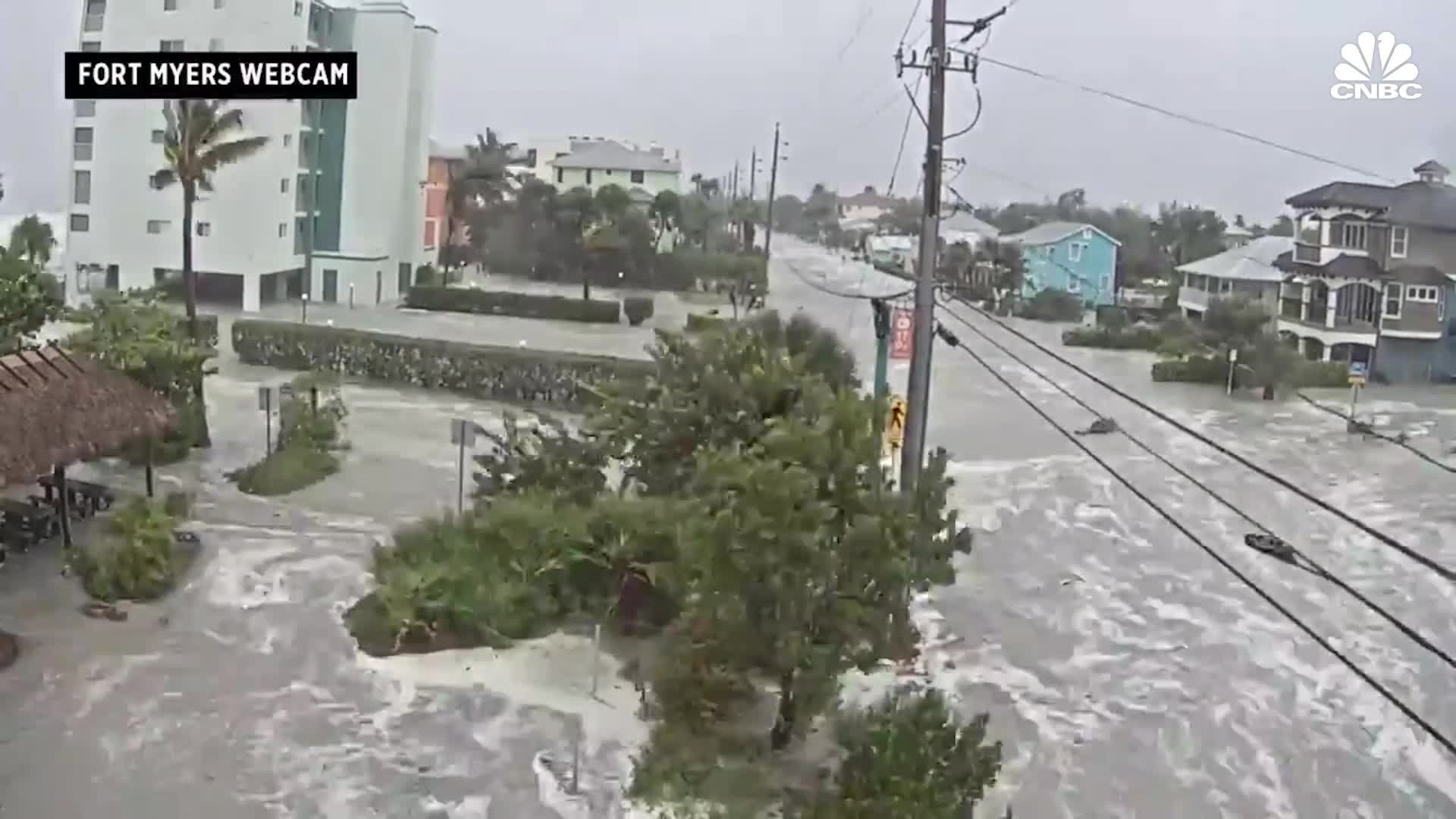Alaska Rocked by Two Earthquakes in 3 Hours
The Aleutian Islands of Alaska experienced a flurry of seismic activity on August 25, 2024, with two earthquakes striking within a span of three hours. The first quake, registering a magnitude of 4.1, occurred at 6:14:22 AKDT (14:14:22 UTC) with an epicenter located at 54.1570°N 165.961°W and a depth of only 0.2 miles (0 km). Just over three hours later, a second earthquake, this time with a magnitude of 5.1, struck at 3:21:55 AKDT (11:21:55 UTC). This earthquake had an epicenter at 51.9920°N 175.5126°W and a depth of 52.0 miles (84 km).
A Seismic Hotspot: The Aleutian Arc
The Aleutian Islands are located in a highly seismically active region known as the Aleutian Arc. This arc marks the point where the Pacific Plate subducts, or dives beneath, the North American Plate. This process, where one tectonic plate slides under another, creates immense pressure and friction, leading to frequent earthquakes.
A History of Powerful Quakes
The Aleutian Arc has a history of major earthquakes. Since 1900, the region has experienced several massive megathrust earthquakes, including:
- 1957 M8.6 in the Andreanof Islands: This earthquake caused significant damage and tsunami waves.
- 1965 M8.7 in the Rat Islands: This event also generated a destructive tsunami.
- 1986 M7.9 and 1996 M7.9 in the Andreanof Islands: These two earthquakes highlight the frequent seismic activity in the region.
- 2003 M7.8 in the Rat Islands: Another powerful earthquake that shook the islands.
Intermediate-Depth Earthquakes
Another source of earthquakes in the Aleutian Arc is the Wadati-Benioff Zone, a zone 6-9 miles (10-15 km) wide within the subducting Pacific Plate. These intermediate-depth earthquakes occur at depths between 30 and 300 miles. The largest recorded intermediate-depth earthquake in the Aleutian Arc was the 2014 M7.9 Little Sitkin event.
Shallow Earthquakes: A Third Source
The Aleutian Arc also experiences shallow earthquakes associated with volcanic processes and crustal faults within the overriding North American Plate. These earthquakes, while generally smaller than megathrust or intermediate-depth events, occur regularly and can produce significant aftershocks or swarm-like sequences.
Monitoring Seismic Activity
The Alaska Earthquake Center (AEC) continuously monitors seismic activity in Alaska and surrounding regions. The AEC provides real-time data on earthquakes, including magnitude, location, and depth. This data is crucial for understanding seismic hazards and mitigating potential risks. While the recent earthquakes in the Aleutian Islands were relatively small in magnitude, they serve as a reminder of the region's vulnerability to powerful earthquakes.
The Future of Seismic Activity
The Aleutian Arc will continue to be a seismically active region due to the ongoing convergence of the Pacific and North American Plates. Understanding the dynamics of plate tectonics and monitoring seismic activity are crucial for ensuring safety and minimizing potential damage from future earthquakes.
The Earth's Unpredictable Nature
While scientists can study and predict the likelihood of earthquakes in certain areas, the exact timing and magnitude of these events remain unpredictable. It is important to be prepared for earthquakes, knowing what to do during and after an event. The recent seismic activity in the Aleutian Islands is a reminder of the power of nature and the importance of being prepared for the unexpected.

















